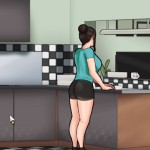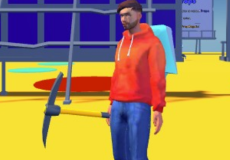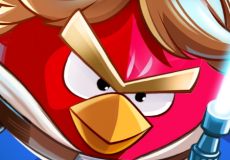
Summertime Saga
Advertisement
Summertime Saga is a story-driven visual novel with exploration and time-management elements. The player follows a student navigating daily life in a small town while dealing with school responsibilities, personal goals and a series of interconnected character storylines. The game uses a day-cycle system that divides time into morning, afternoon, evening and night, requiring players to decide how to use each segment. Progress depends on completing tasks, building relationships and unlocking new areas through interaction.
Advertisement
Similiar games
Summertime Saga is a story-driven visual novel with exploration and time-management elements. The player follows a student navigating daily life in a small town while dealing with school responsibilities, personal goals and a series of interconnected character storylines. The game uses a day-cycle system that divides time into morning, afternoon, evening and night, requiring players to decide how to use each segment. Progress depends on completing tasks, building relationships and unlocking new areas through interaction.
World Structure and Exploration
The town contains numerous locations such as the school, home, park, pier, shops and hidden areas that become available as the story develops. Each location offers different activities or characters to meet. Exploration allows players to gather items, trigger events or access new narrative branches. Because characters follow their own schedules, timing matters: certain scenes only appear at specific hours or weekdays. This system encourages players to observe patterns and plan visits strategically.
Core Mechanics and Progression
Summertime Saga uses several recurring systems that guide advancement and structure gameplay:
- a day-cycle that limits how many actions can be taken
- skill training for subjects like strength, charisma and intelligence
- item collection tied to quests or progression
- dialogue choices that unlock new routes
- branching storylines influenced by completed tasks
These mechanics combine role-playing elements with visual-novel progression, allowing players to explore different paths through multiple playthroughs.
Characters, Tasks and Scheduling
Characters in Summertime Saga play a central role in shaping how the player advances through the story. Each one has a narrative arc connected to specific tasks that must be completed in sequence. Many quests require visiting certain locations at the right time or improving skills that gate further progress. As tasks are completed, new scenes and areas appear, creating a sense of expansion. Scheduling becomes important because the player must balance school, side jobs, training and character quests within limited daily segments.
Summertime Saga builds an interconnected world where progress depends on observation, planning and interaction. The player’s choices determine the pace of advancement across multiple storylines, with each route offering new information about the town and its characters. Since different arcs can be pursued independently, the game supports replayability and experimentation. Over time, players develop an understanding of character schedules, quest requirements and the most efficient ways to manage the day-cycle while uncovering the full narrative.
Discuss Summertime Saga


















